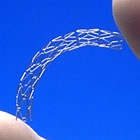 Yesterday’s edition of USA Today carried an article by Peter Eisler titled, “Six common surgeries often done unnecessarily” — and, you guessed it, angioplasty and stents were at the top of the list of “six common surgeries that carry significant risks of being done without medical necessity, according to federal data and independent studies.”
Yesterday’s edition of USA Today carried an article by Peter Eisler titled, “Six common surgeries often done unnecessarily” — and, you guessed it, angioplasty and stents were at the top of the list of “six common surgeries that carry significant risks of being done without medical necessity, according to federal data and independent studies.”
I was a bit taken aback because I was not aware of any new study, federal or independent, that concluded stents were being vastly over-used. And it turns out that there wasn’t one. Continue reading

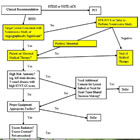
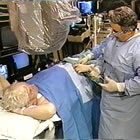
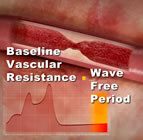

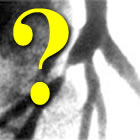 Earlier today, the opening day of EuroPCR, Dr. Bernard De Bruyne presented
Earlier today, the opening day of EuroPCR, Dr. Bernard De Bruyne presented 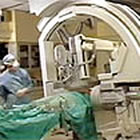 There’s been much talk this week in the interventional cardiology community (and among stock market analysts) about stents and angioplasty, given the news that the
There’s been much talk this week in the interventional cardiology community (and among stock market analysts) about stents and angioplasty, given the news that the 

